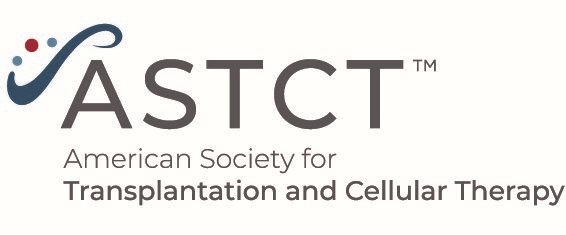
Factors Affecting Tacrolimus Concentrations in Children with β-Thalassemia Major receiving HSCT

ASTCT recently published an article in their journal Nucleus detailing the impact of genotype and voriconazole co-administration on tacrolimus trough concentration in pediatric β-thalassemia major patients following allogeneic hematopoietic stem cell transplantation.
The following was recently published in ASTCT’s
In a study published in Pharmacogenomics and Personalized Medicine, researchers investigated the impacts of genotype and voriconazole co-administration on tacrolimus (TAC) trough concentration (C0) in pediatric β-thalassemia major (β-TM) patients following allogeneic hematopoietic stem cell transplantation (allo-HSCT). The authors' findings stress the importance of tailoring drug administration based on patients' genotype profiles, as well as tracking patients' TAC concentrations when administering voriconazole.
For patients receiving allo-HSCT, there is a risk of developing graft versus host disease (GVHD) following transplantation. β-TM patients are therefore at risk of GVHD, as allo-HSCT is currently the sole procedure for curing β-TM. TAC has been utilized as a prophylactic following allo-HSCT, but the effects of its concentration alongside patients' genotypes and co-administration of voriconazole has not been well studied.
Patients were administered TAC two days before allo-HSCT, with venous blood samples collected to determine concentrations before and after transplantation. The results concluded that variations in enzymes such as CYP3A4 greatly impacted TAC concentrations when administered orally. Moreover, the co-administration of voriconazole was found to increase TAC concentrations, necessitating lower TAC doses. Lastly, TAC C0 was found to not be highly correlated with efficacy in these patients, suggesting that C0 is not suitable as an indicator of the efficacy of TAC.
Reference
Li C, Lu J, Zhou S, et al. Influential factors and efficacy analysis of tacrolimus concentration after allogeneic hematopoietic stem cell transplantation in children with β-thalassemia major. Pharmgenomics Pers Med. 2021;14:1221-1237. Published 2021 Sep 24. doi:10.2147/PGPM.S325103
Newsletter
Stay up to date on recent advances in the multidisciplinary approach to cancer.





